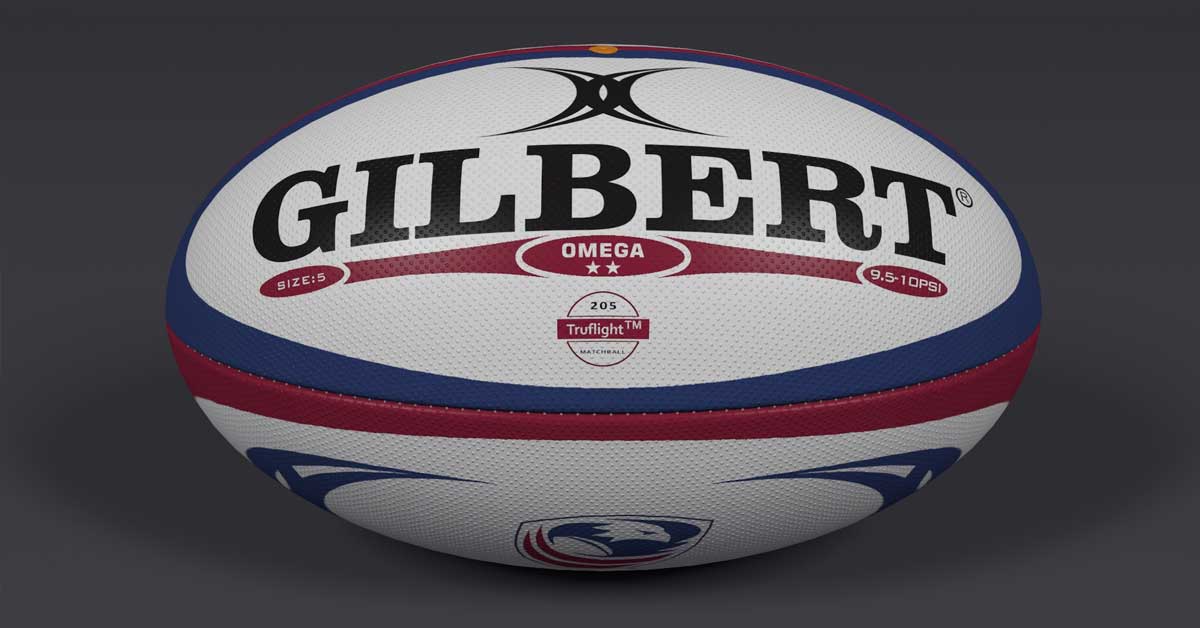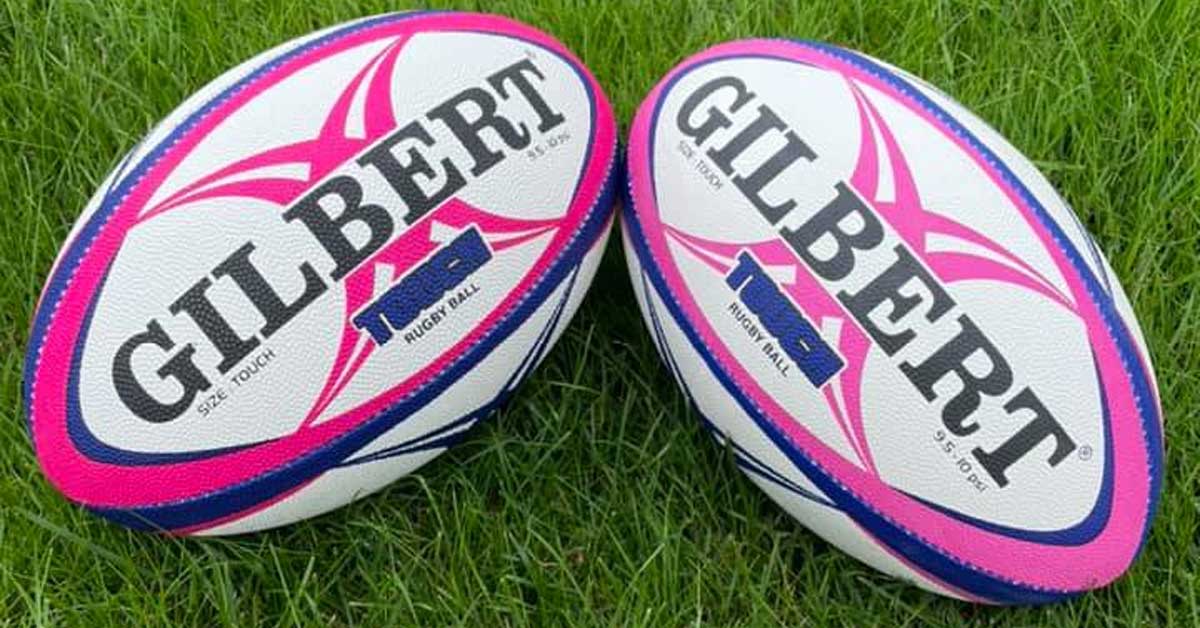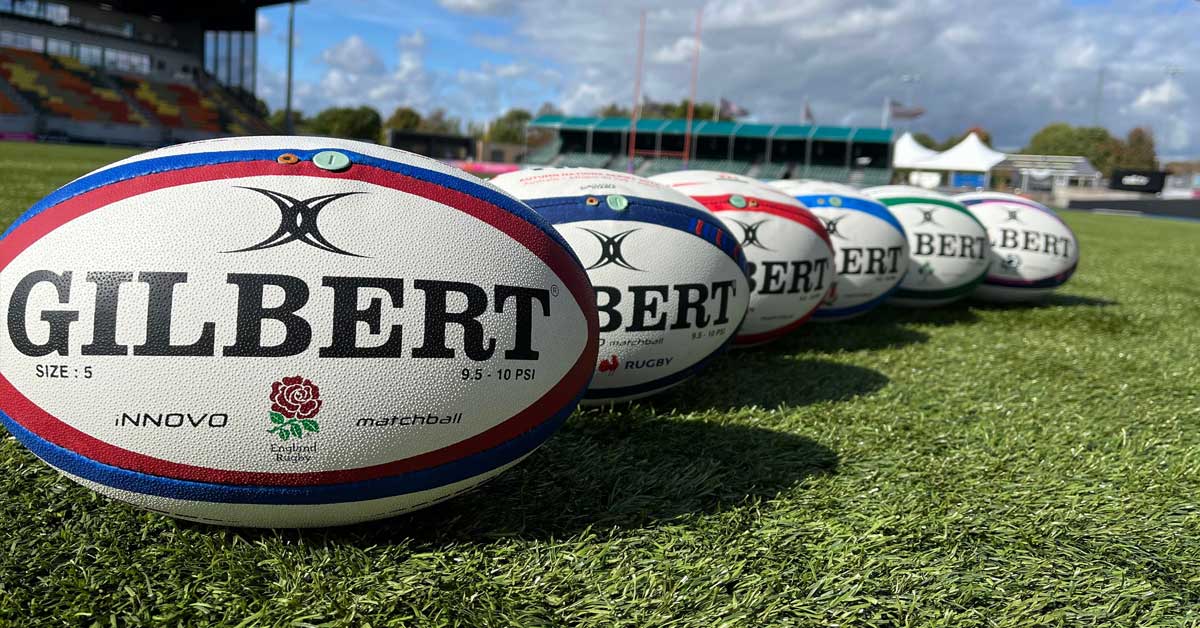Unlocking the Secrets of Rugby Balls: A Guide to Different Types, Features, and Uses
Rugby is a contact sport that requires a unique type of ball to be played. The rugby ball is an essential part of the game, and it has undergone significant changes over the years to meet the evolving needs of the sport. In this article, we will delve deeper into the different types of rugby balls and their features, including their size, shape, weight, and materials.
Standard/Replica Rugby Ball
The standard rugby ball is the most common type of rugby ball, and it is the ball that is used in most rugby games. This type of ball is oval-shaped, and it is designed to provide optimal grip and handling for players. The standard size of a rugby ball is 5, and it weighs around 410 to 460 grams.
The standard rugby ball is made of either leather or synthetic materials. Leather rugby balls are considered to be the traditional type of rugby ball, and they are still used in professional rugby games. Leather rugby balls are soft to the touch, and they provide excellent grip and control, which is essential for handling the ball during a game.
On the other hand, synthetic rugby balls are becoming increasingly popular due to their durability and affordability. Synthetic rugby balls are made of materials such as rubber, PVC, or polyurethane, which make them more resistant to wear and tear compared to leather balls. They are also easier to clean and maintain, which is a significant advantage for teams that play frequently.

Training Rugby Ball
Training rugby balls are designed to withstand the rough and tough conditions of rugby training. These balls are made of durable materials such as rubber, PVC, or polyurethane, which make them suitable for practicing skills such as kicking, passing, and tackling. Training rugby balls are available in various sizes and weights, and they are ideal for beginners who are learning the sport.
Training rugby balls are also designed to provide optimal grip and handling for players. They have a more textured surface compared to standard rugby balls, which makes them easier to handle during training drills. Training rugby balls are also more affordable than standard rugby balls, which is an advantage for teams that need to buy multiple balls for training.
Beach Rugby Ball
Beach rugby balls are specially designed for playing rugby on the beach. These balls are made of waterproof materials that can withstand the sand and water. Beach rugby balls are lightweight and soft, which makes them easy to handle and catch, even in wet conditions.
Beach rugby balls have a more prominent valve compared to standard rugby balls, which makes them easier to inflate and deflate. They also have a more vibrant color, which makes them easier to spot on the beach. Beach rugby balls are available in various sizes, and they are ideal for players who want to enjoy a game of rugby on the beach.

Touch Rugby Ball
Touch rugby balls are designed for touch rugby, which is a non-contact version of rugby. These balls are made of softer materials such as foam, which reduces the impact when players catch or pass the ball. Touch rugby balls are available in various sizes and colours, and they are ideal for children and beginners who are learning the game.
Touch rugby balls are also designed to provide optimal grip and handling for players. They have a more textured surface compared to standard rugby balls, which makes them easier to handle during touch rugby games. Touch rugby balls are also more affordable than standard rugby balls, which is an advantage for teams that want to introduce touch rugby to their players.

Match Rugby Ball
Match rugby balls are specially designed for use in professional rugby games. These balls are made of the highest quality materials, such as top-grade leather, and they are designed to provide excellent grip, accuracy, and flight. This also makes them the most expensive choice on this list. Match rugby balls are available in different sizes and weights, and they are often customized with professional rugby team logos and colours.
A good majority of the time, match balls are often used once and then disposed of to ensure there are no changing characteristics of the ball (such as aerodynamics and grip) between matches.

In conclusion, Rugby Balls come in shapes, sizes and weights, each designed to suit different playing conditions and styles. Whether you're a beginner or a professional rugby player, choosing the right ball is essential for catering to your needs. By understanding the different types of rugby balls available, you can make an informed decisions and choose the ball that best suits your needs.
Recent Posts
-
Unlocking the Secrets of Rugby Balls: A Guide to Different Types, Features, and Uses
Rugby is a contact sport that requires a unique type of ball to be played. The rugby ball is an esse …17th May 2023 -
England Rugby: A Journey to Redemption and Glory
Intro:Welcome to the thrilling world of England Rugby in 2023! Join us as we dive into the captivati …17th May 2023 -
The Evolution of Rugby: How Has The Sport Changed Over Time?
Rugby has been played for over a century and its rich history can be traced back to England's rugby …6th Mar 2023
